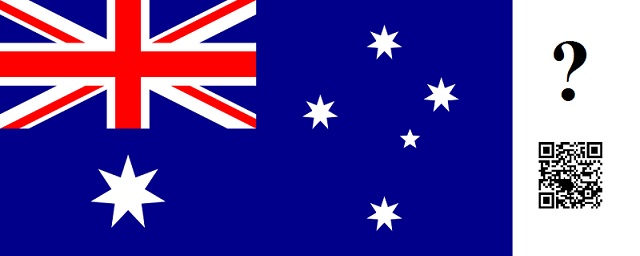National Cyber Security Alliance predicts consumers becoming more concerned over security
Black Friday is widely known  as a day when retailers offer major deals and discounts on a wide variety of products. As the day after Thanksgiving, Black Friday is the most important day in the retail industry, in terms of business. The following Monday is known as Cyber Monday, largely due to the fact that a wide range of electronics go on sale in a move that is very similar to what occurs in the retail industry on Black Friday. A new survey from the National Cyber Security Alliances and McAfee suggests that these two shopping holidays could mean major security issues for consumers.
as a day when retailers offer major deals and discounts on a wide variety of products. As the day after Thanksgiving, Black Friday is the most important day in the retail industry, in terms of business. The following Monday is known as Cyber Monday, largely due to the fact that a wide range of electronics go on sale in a move that is very similar to what occurs in the retail industry on Black Friday. A new survey from the National Cyber Security Alliances and McAfee suggests that these two shopping holidays could mean major security issues for consumers.
Data breaches leave many consumers leery of mobile commerce
Mobile commerce is expected to play a major role in t his year’s holiday shopping. More consumers have access to smart phones and other mobile devices as well as mobile payment platforms that make it easier to purchase goods. These platforms could be a major boon for some shoppers that have trouble finding the products they want, or those than want to avoid long lines and make a purchase quickly and efficiently. The survey from the National Cyber Security Alliance shows that the vast majority of these consumers do not feel safe while they are online on their mobile devices, however.
National Cyber Security Alliance survey shows majority of consumers do not feel safe online
The survey notes that 90% of mobile consumers do not feel safe when shopping online through their mobile device. The National Cyber Security Alliance notes that over the past year, one in four consumers received notifications from businesses that informed them that their personal information has been lost of compromised due to data breach. These data breaches have left many consumers wary of online shopping and mobile commerce. While many consumers are still inclined to participate in mobile commerce, the survey suggests that these consumers should take steps to ensure their information is protected.
Consumers can take steps to protect their information
There are several ways consumers can keep their financial information safe without relying on other companies to do all the work for them. One way is to ensure that a smart phones or mobile device is free from all malicious content. This can be done using anti-virus software that is made specifically for mobile devices. Keeping an eye on what kind of information companies collect through mobile transactions is also a good way to know what information may be put at risk. Consumers can control what information they share, thus mitigating any risk they may face.

 ic in marketing and have even begun to generate some hype around their use in mobile commerce. Despite the fact that the codes have become widely used, however, many consumers are still unfamiliar with the barcodes. This is especially true in Australia, where Econsultancy, a market research publisher, and Toluna, a survey and market research firm, have found that the majority of consumers do not know what QR codes are.
ic in marketing and have even begun to generate some hype around their use in mobile commerce. Despite the fact that the codes have become widely used, however, many consumers are still unfamiliar with the barcodes. This is especially true in Australia, where Econsultancy, a market research publisher, and Toluna, a survey and market research firm, have found that the majority of consumers do not know what QR codes are.